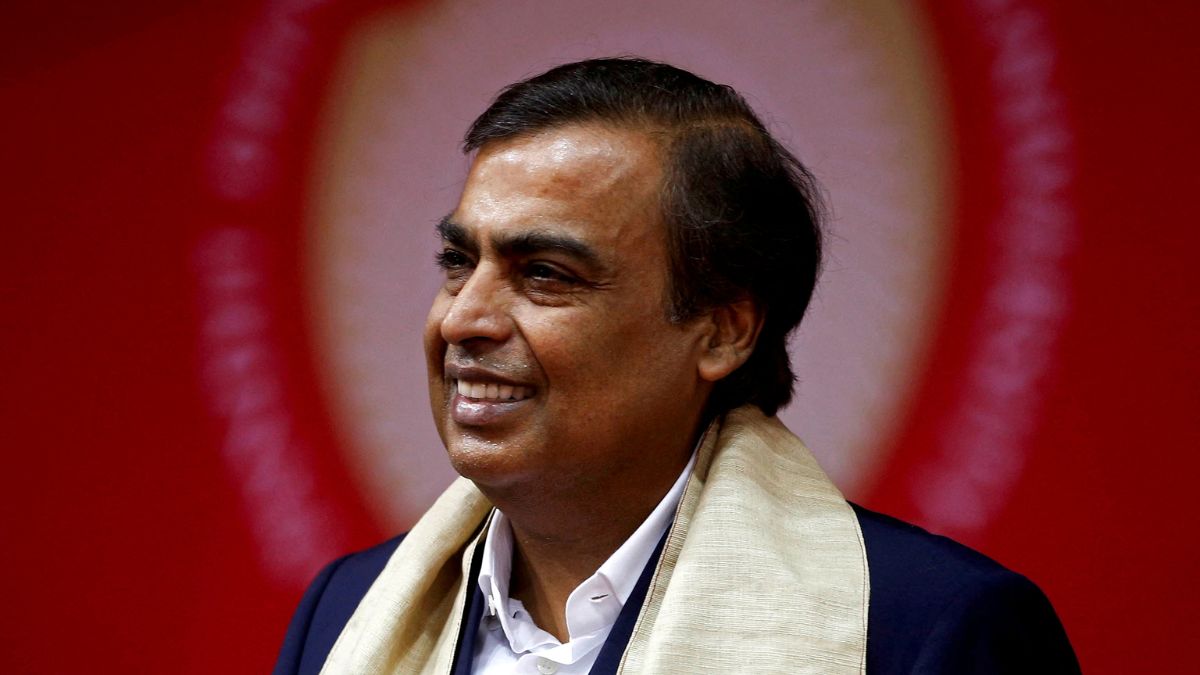Compared to most of these countries, India’s bond market is an outperformer, whether it be in terms of size, stability, potential for investment, or yields. Here’s a comparative read more
)
Indian bonds have been outperforming peers the world over for a while now. File image
India’s inclusion in the JP Morgan Government Bond Index-Emerging Markets (GBI-EM), effective Friday (June 28) is being hailed as a major milestone. India is the 25th country to be added in the widely-followed index, which includes nations like China, Indonesia, Malaysia, Thailand, Czech Republic, Hungary, Poland, Romania, Turkey, Brazil, Chile, Colombia, Mexico, Peru, Egypt, and South Africa.
Compared to most of these countries, India’s bond market is an outperformer. Here’s a comparative.
Bond market size
With indexed bonds amounting to over $400 billion in outstanding value, India is second only to China among emerging markets. The current holding by foreign investors of Indian government bonds is 2 per cent of total bonds outstanding, much smaller than Brazil (9 per cent), Mexico (14 per cent), and Indonesia (16 per cent), according to Bloomberg. This suggests a significant potential for growth.
Low-risk, high-reward
Most emerging markets often present a ‘high-risk, high-reward’ scenario. This is best illustrated via exampled of Brazil.
Brazil’s bond market is known for its high yields. The yield on Brazilian 10-year government bonds has been around 12.2 per cent, reports suggest. That attracts yield-seeking investors. However, this high-reward comes with high-risk. There is significant economic volatility stemming from fiscal imbalances affecting the Brazilian bond market.
Mexico presents a different investment environment. It offers high yields (often hovering around 10 per cent) and also has a more balanced profile due to its stable macroeconomic policies. However, since Mexico’s economy is deeply intertwined with that of the United States, it is susceptible to similar shocks as the US. For investors looking to diversify their portfolios, this presents a challenge.
In comparison, India’s bond market stands out. Against Brazil, India has a slightly lower bond yield- in the range of 7-8 per cent. However, the country also boasts robust economic growth, relatively low inflation, and political stability.
According to HSBC, over the past decade, Indian bonds have shown a low correlation with global bonds, largely owing to the country’s unique growth dynamics. This offers a level of diversification that countries like Mexico can’t.
READ MORE: Why world’s biggest bond investors are set to bet big on India
Performance and returns
Indian bonds have performed impressively in recent years. Last year, rupee-denominated government bonds produced a 7 per cent total return (income plus appreciation adjusted in US dollars), outperforming all global benchmarks with returns between 3.5 and 5.9 per cent.
Over the past five years, Indian government bonds returned 20 per cent, outpacing Asia (14 per cent), Europe, the Middle East and Africa (-17 per cent), and the world’s local government bonds (9 per cent). According to Bloomberg, India also topped its emerging markets peers during the past two, five, and ten years.
Reduced volatility
Since 2023, India’s bonds have become less volatile compared to their emerging-market peers. This stability, coupled with India’s economic growth and political stability, presents a compelling investment case. At a time when other emerging markets face instability—China looks tired, Russia remains uninvestible, and others grapple with various challenges—India’s attractiveness is further enhanced.
With inputs from agencies

 2 months ago
25
2 months ago
25
)
)
)
)
)
)
)
)
)
)
)
)
)
)
)
)
)
)
)
)
)
)
)
 English (US) ·
English (US) ·